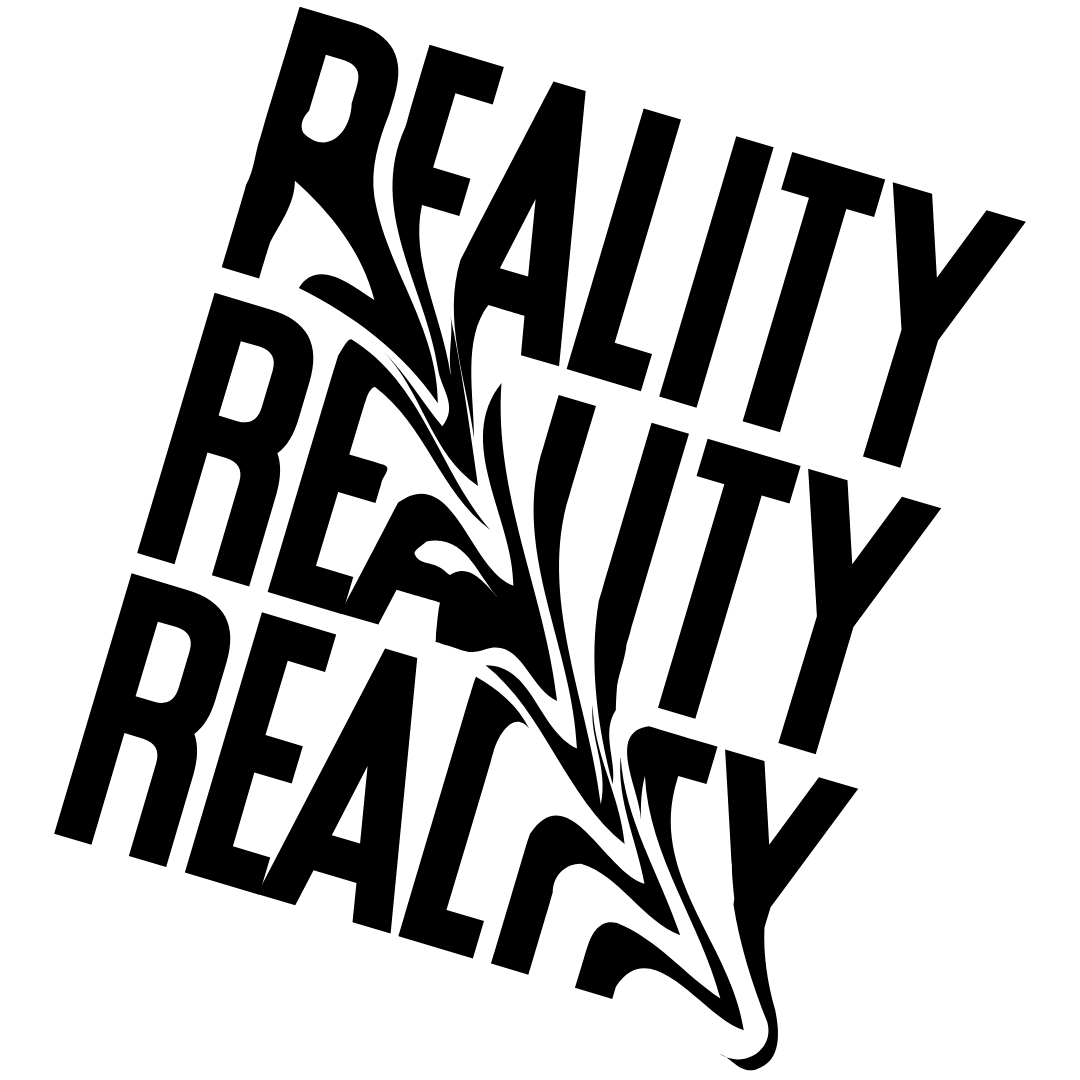The term “PR” has become a part of common parlance. However, it is typically suffixed with words like ‘crisis’,‘nightmare’ or ‘machinery’. So much so that a popular way to dismiss a brand or personality is by saying: ‘Sab PR ka khel hai’ (It’s all a game of PR). It almost feels as if PR is an effort to paper over a brand’s foibles and is a tool used by brands that lack substance.
However, unlike what’s popularly understood, PR isn’t just about creating hype or managing a crisis. Its impact can be quite strategic that goes well beyond the ‘earned media’ points.
Traditionally PR or Public Relations is defined as the practice of “managing perceptions”. PR is thus about managing how people- including consumers, community, government and society at large- think about a business or a brand. In a world that’s increasingly interconnected and networked, PR can even help to create differentiators for a brand.
Why right PR is extremely critical in new-age marketing landscape
1. Media democratization
With everyone empowered to create, share and amplify content on social media, the news and views about the brand are being constantly generated and circulated. Brands that do not have a larger narrative in place are left to the mercy of others shaping their image. A well-executed and proactive PR can help a brand shape the narrative by effectively communicating its point of view rather than being a mute spectator or reactive.

2. Closer brand scrutiny
Consumers are increasingly interested in a brand’s backend. Beyond products, they want to know about its process, people and practices. There is a rising demand for transparency in business and the need for companies to be accountable for their actions. A well-crafted PR strategy can satiate stakeholder queries and provide many talking points about the brand, thereby enhancing its appeal.

3. Fake news and opinion landmines
The threat of fake news is real, and its impact can be quite deleterious. Besides, brands are a public entity- treading on a landmine of polarised opinions. In the recent past, we have seen many brands- both big and small- becoming victims of misinformation campaigns or unintended crises precipitated by a host of factors. A casual statement from an employee, a stray comment from a spokesperson or even a TVC that’s perceived wrong- anything could quickly be taken out of context, invite stakeholder backlash and put the brand on the wrong side of social media trends. In such cases, social media propaganda that’s duly accompanied by emotive appeals for boycott soon takes a life of its own, with even politicians jumping in the fray and regulators demanding an explanation at times. A good and proactive PR can provide the brand with the resilience to navigate such situations tactfully.

4. Need to build a brand on multiple fronts
Today, just a consumer-facing brand isn’t enough. Companies today need to engage multiple stakeholders- including employees, potential talent, regulators, VCs and even the local community- with relevant brand narratives. PR allows the brand to customise the message for specific stakeholders and ensures that it is equipped to cater to their unique needs. This helps to build positive goodwill on every front.

Some important tenets to remember
It is worth remembering some basic tenets about PR so that your campaign delivers better results:
1. PR is an investment with compounding returns
While PR campaigns run on a budget, it’s wise to remember that goodwill accrues over a period of time. While measuring and monitoring the impact of PR initiatives, it is important to consider that effective PR campaigns could take time to manifest outcomes. But when it works, it can lead to big outcomes- e.g. attracting the right talent or getting the attention of the right investors.

2. PR is a 2-way street
PR is not a top-down initiative. While press releases about brand performance, community initiatives and brand communication are good, PR doesn’t stop at that. A good PR approach develops a 2-way relationship that entails consistent engagement with stakeholders. Responding to stakeholder queries, engaging with them via pressers, events or social media, and addressing their concerns and queries lead to a richer engagement that eventually translates into a positive reputation.

3. PR entails notification, amplification and clarification but not suppression
PR management entails notifying stakeholders about brand activities, amplifying the positive news about the brand and even proactively clarifying anything that has the potential to blow up into a controversy. However, suppression- either through aggressive tactics (e.g., slapping court cases) or selective omission of facts will only create more suspicion and negativity.

4. Not every event deserves a PR response
As we mentioned above, in today’s polarised society, people easily take offence, and it is difficult to please everyone. However, it is good to remember that not every event needs a separate PR-led response. Some episodes just blow over- trends tend to cool down, and rabble-rousers move on to their next target. Brands need to be discerning about defining what is really a ‘crisis’ and which event genuinely deserves a PR response. Responding to everything might just give mischief-mongers the attention they want and unnecessarily stretch the controversy.

5. PR should be rooted in reality
Needless to say, the PR points a company is circulating and amplifying the need to be rooted in business reality. In today’s world, there is no dearth of ‘fact checkers’ who take it upon themselves to closely scrutinise a brand’s claims and check whether there is a match between its words and action. If there is no real basis for claims, then PR efforts can backfire.

6. PR needs to have a human touch
Finally, while it’s good to deliver press releases and execute high-profile events, PR becomes more believable when stakeholders get to see people behind the brand or those whose lives the brand is really impacting. Thus, including local community members, company employees, founders and CEOs and even consumers in PR efforts- who bring alive the impact that the brand is creating while making it more credible and humane.

In Conclusion
While PR as a discipline isn’t new, with changing marketing paradigm, its execution is definitely evolving.
Besides PR agencies and official spokespersons, Brands are also tapping into employees, consumers and local community members in their PR efforts.
Similarly, PR channels are also evolving. Besides traditional media, today’s brands are also using social media, Podcasts and Newsletters to fortify their PR efforts.
If you have any interesting PR trends to share or have come across an interesting PR initiative, do let us know in the comment section below.
